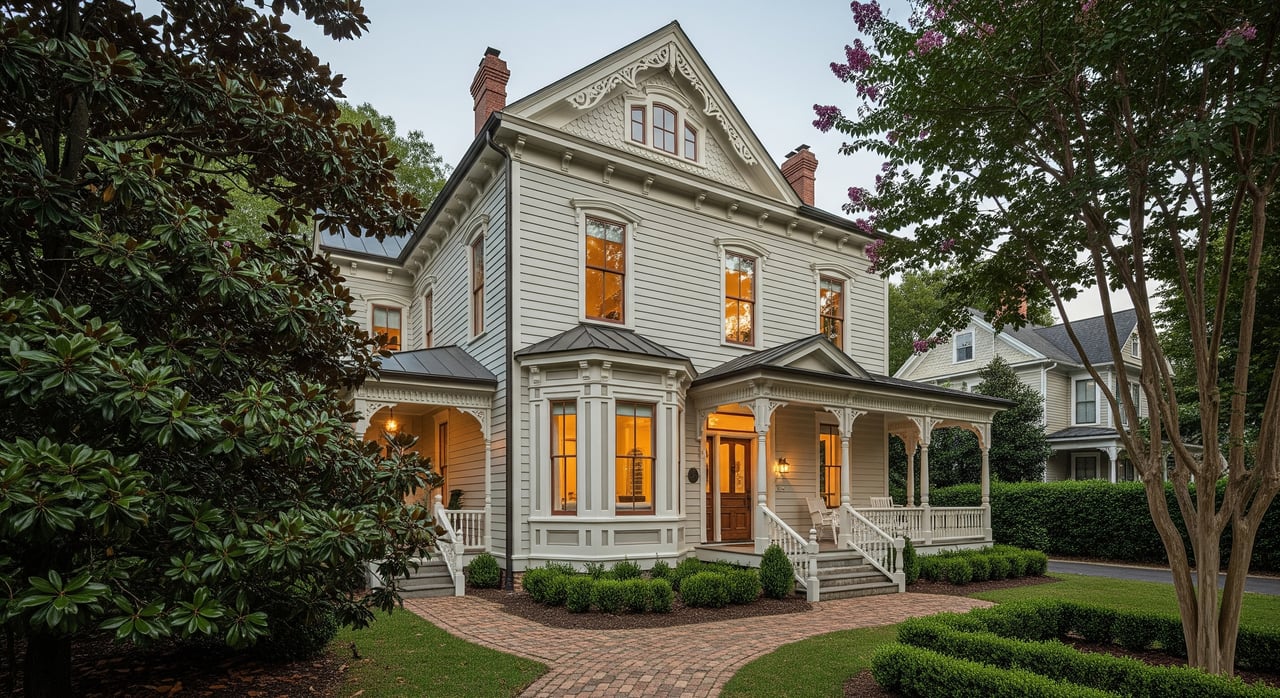

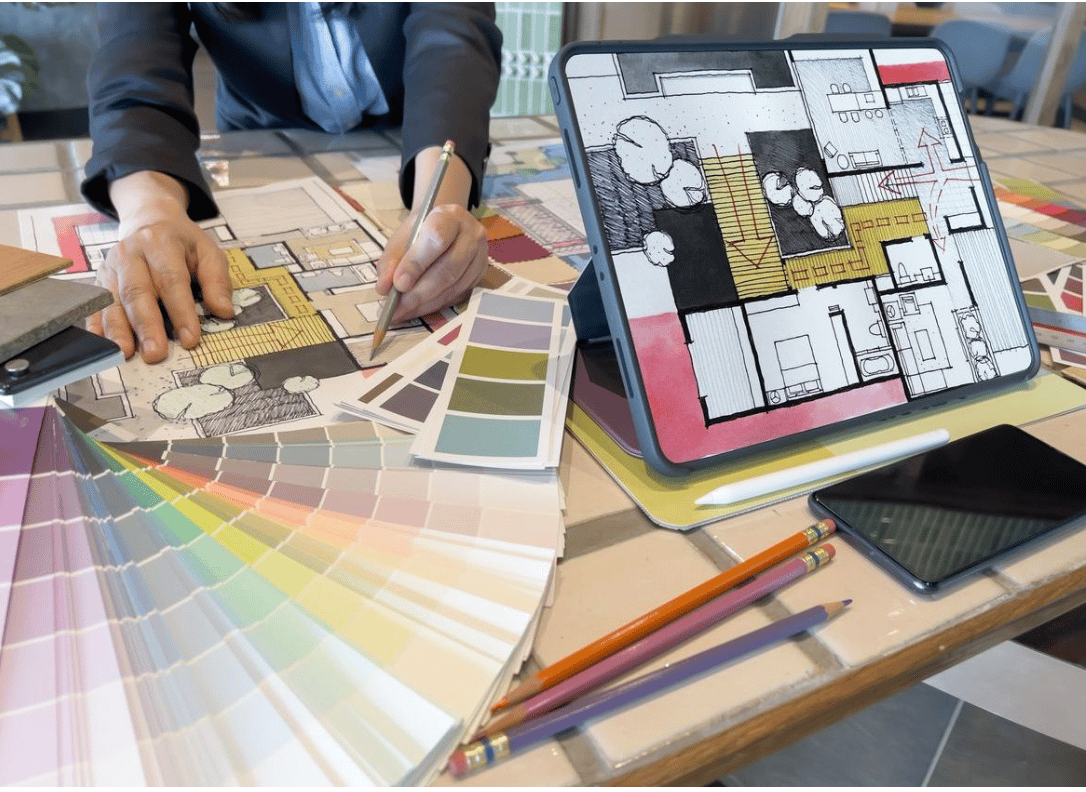
Interior Design ris updated February 4, 2025
When it comes to decorating your home, it’s easy to get caught up in the endless possibilities and exciting design trends. But, a few essential decor rules can help you refine your space while still keeping things personal and reflective of your unique style. Whether you're redecorating an entire room or just freshening up your space, these top interior design tips will keep your home looking polished, cohesive, and functional.
At The Light Realty, we understand the importance of creating a space that feels both stylish and comfortable. Whether you're designing a new home or simply upgrading your current one, these interior design tips will guide you on how to make your space feel cohesive and intentional while adding your personal touch. Here’s how to get started:
One of the most important aspects of any well-designed space is the focal point. This is where the eye naturally gravitates when entering the room, making it feel anchored and organized. A focal point serves as the foundation from which you can build the rest of the design.
By establishing a focal point, you create a clear sense of purpose for the space, helping to organize the rest of your design elements.
Interior design isn’t about filling a room with as many items as possible—it’s about creating balance. When redecorating, it’s easy to fall into the trap of buying items just because they catch your eye. However, scale is crucial to making sure the space feels harmonious.
Consider the dimensions of your room and be mindful of the items you choose to bring in. Sometimes less is more.
Interior design isn’t an instant transformation—it’s an evolving process. If you’re feeling the pressure to have everything perfectly styled in one go, take a step back. A truly thoughtful and well-curated space is often built over time.
Good design takes time, and your home should grow with your lifestyle, not be forced into trends that don’t work for you.
Good lighting is a game-changer in interior design, and it’s often the most overlooked element. Proper lighting can change the entire ambiance of a room and make a huge difference in how it’s perceived. Rather than relying solely on overhead lights, try layering different sources of light:
By layering lighting, you create a more dynamic and adaptable space that serves multiple functions while looking great.
Color is one of the most powerful tools in interior design, and maintaining a cohesive color palette can bring your entire home together. A balanced color scheme gives your space a sense of harmony and can even influence the mood of a room. Whether you're drawn to neutral tones or love bold colors, having a unified color plan is key.
The goal is to keep the colors consistent without feeling monotonous, adding visual interest while maintaining balance.
Interior design is as much about functionality as it is about aesthetic appeal. When planning your space, it’s important to remember that there are no hard and fast rules—what works for one person may not work for another. The key is to balance creativity with practicality to ensure that your design reflects both your personal style and your daily needs.
At The Light Realty, we know how important it is to feel comfortable in your home, whether you’re looking to sell or just renovate. By keeping these design rules in mind, you can create a space that’s not only beautiful but also functional and uniquely yours.
Stay up to date on the latest real estate trends.
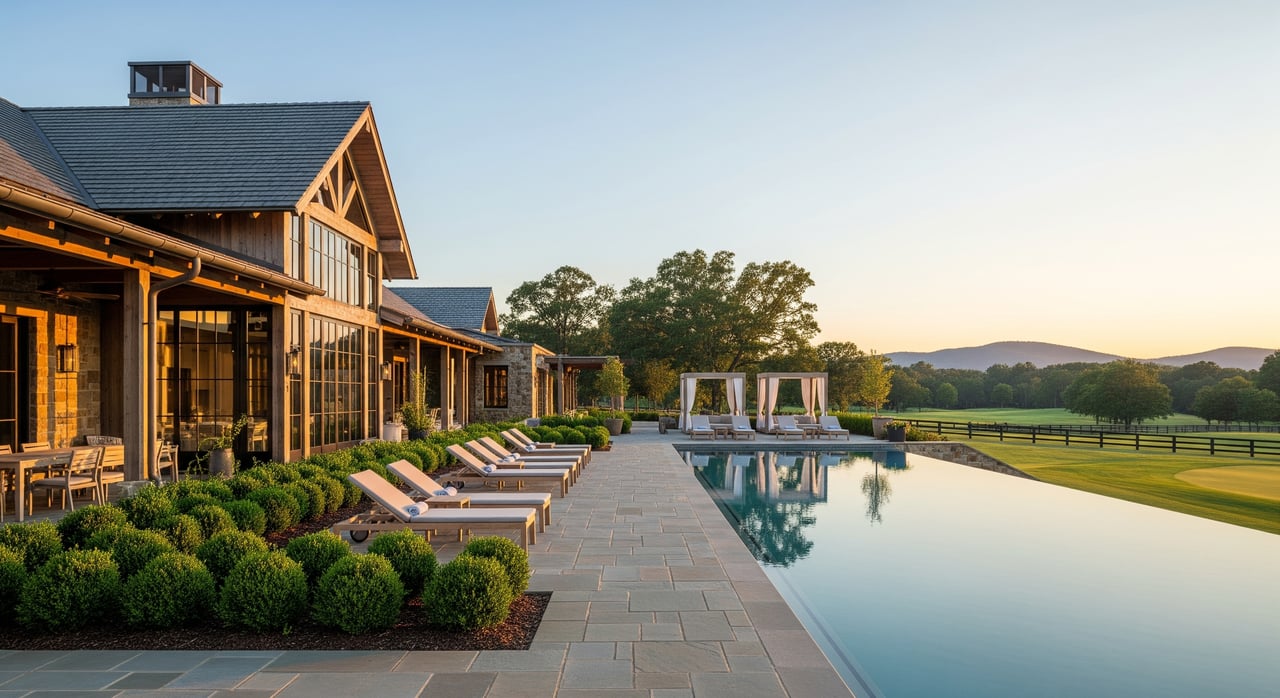

Asheville
Discover Asheville’s Best Outdoor Adventures, Indoor Attractions, Food Scene & Mountain Lifestyle—From a Trusted Local Real Estate Expert
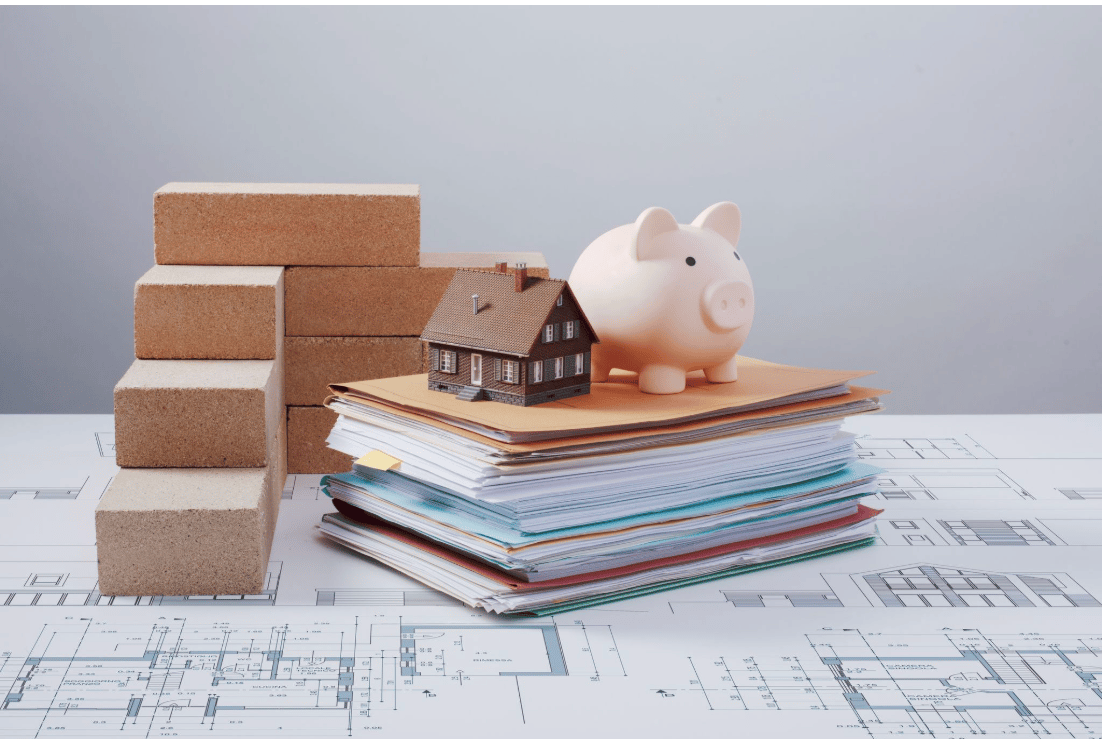
DIY
Save Time on DIY: The Best Home Improvement Productivity Hacks for Busy Homeowners



Greenville
Discover the Best Neighborhoods, Lifestyle Perks & Economic Growth Driving Greenville’s Rising Demand

Hendersonville
⭐ Why Hendersonville Is One of Western NC’s Most Desirable Luxury Markets
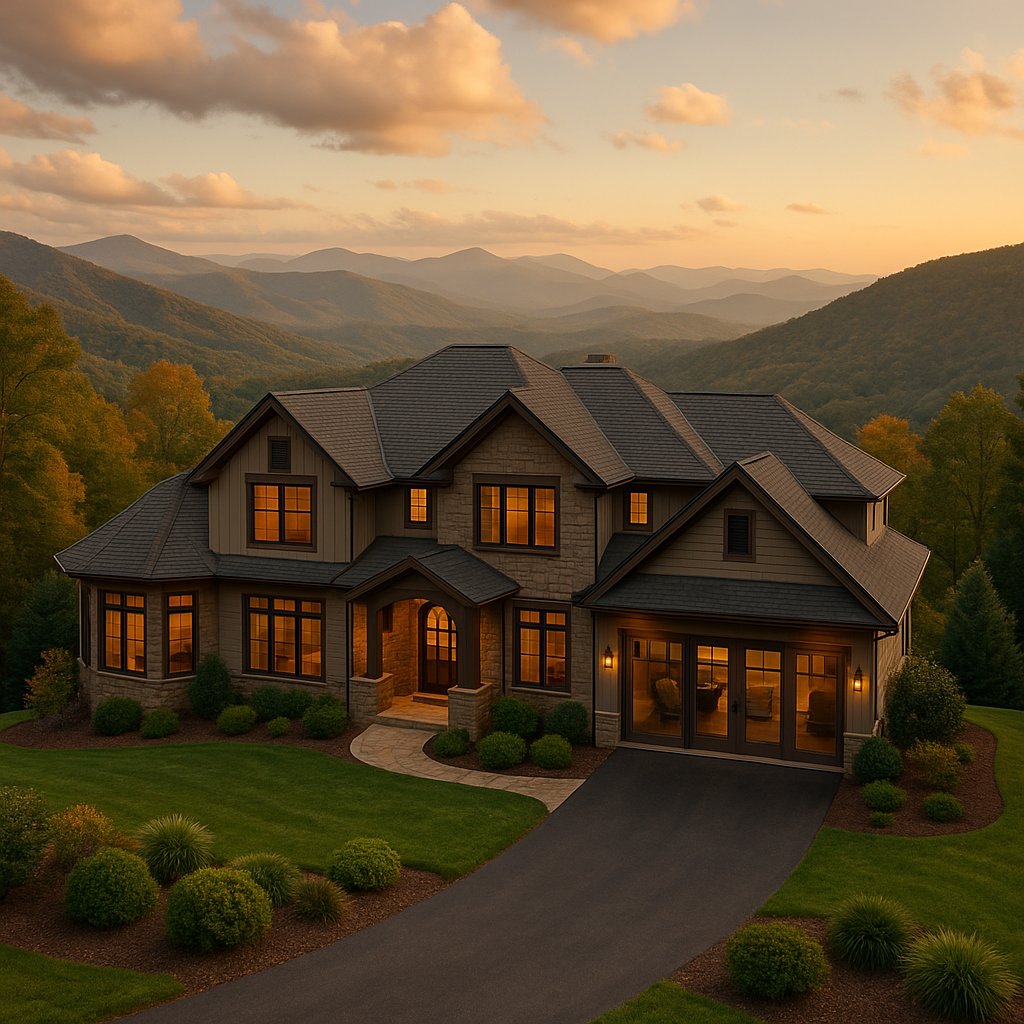
Asheville
⭐ Why Asheville Is One of the Most Sought-After Luxury Markets in the Southeast
